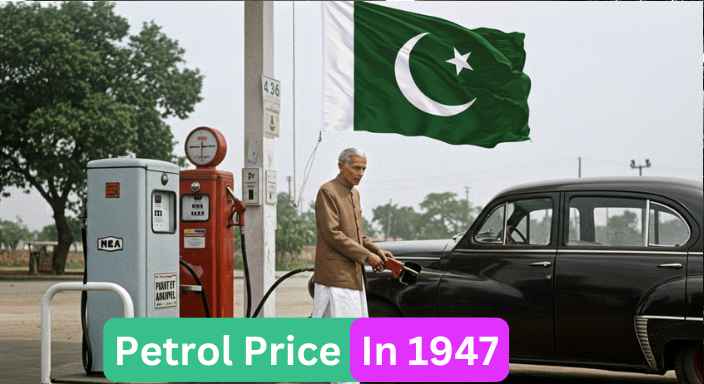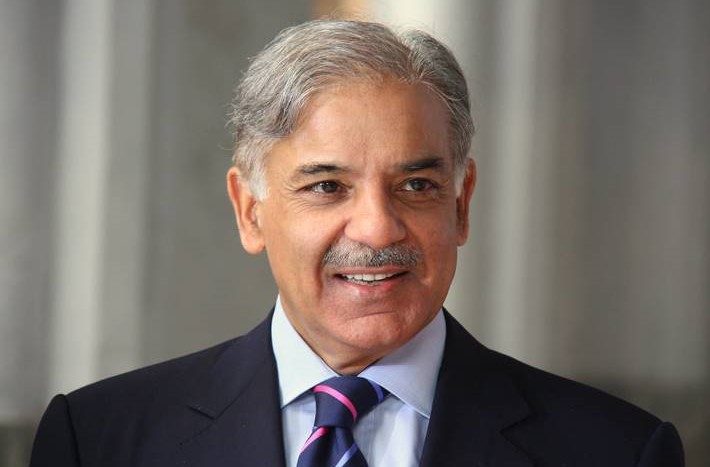Petrol Price in 1947 in Pakistan – A Historical Analysis

From 0.23 PKR per liter in 1947 to over 255 PKR in 2025, petrol prices in Pakistan have surged due to inflation, global oil trends, and economic factors.
Petrol Price Trend in Pakistan (1947-2025)
| Year | Petrol Price (PKR per Liter) |
|---|---|
| 1947 | 0.23 |
| 1950 | 0.27 |
| 1955 | 0.31 |
| 1960 | 0.36 |
| 1965 | 0.42 |
| 1970 | 0.48 |
| 1975 | 1.20 |
| 1980 | 2.50 |
| 1985 | 3.00 |
| 1990 | 6.00 |
| 1995 | 11.00 |
| 1999 | 26.00 |
| 2000 | 30.00 |
| 2001 | 32.50 |
| 2002 | 31.00 |
| 2003 | 35.00 |
| 2004 | 37.02 |
| 2005 | 40.00 |
| 2006 | 57.78 |
| 2007 | 60.00 |
| 2008 | 66.76 |
| 2009 | 65.00 |
| 2010 | 73.08 |
| 2011 | 80.00 |
| 2012 | 108.00 |
| 2013 | 110.00 |
| 2014 | 94.50 |
| 2015 | 80.00 |
| 2016 | 75.00 |
| 2017 | 69.09 |
| 2018 | 80.70 |
| 2019 | 90.00 |
| 2020 | 100.00 |
| 2021 | 120.00 |
| 2022 | 150.00 |
| 2023 | 200.00 |
| 2024 | 252.66 |
| 2025 | 255.63 |
Petrol Prices in Pakistan – A Journey Through Time
Since Pakistan’s independence in 1947, petrol prices have continuously increased. Initially, it was just 0.23 PKR per liter, but over time, various factors contributed to its rise.
Factors Affecting Petrol Prices Over the Years
1️⃣ Global Crude Oil Prices – Fluctuations in international oil markets impact local fuel prices.
2️⃣ Inflation & Currency Devaluation – As the Pakistani Rupee weakens, fuel becomes expensive.
3️⃣ Government Taxes & Policies – Various taxes, duties, and subsidies influence petrol costs.
4️⃣ Economic & Political Stability – Wars, recessions, and political instability also play a role.
Key Milestones in Petrol Price History
✅ 1947: Petrol was just 0.23 PKR per liter, affordable for most.
✅ 1970s: The oil crisis pushed prices beyond 1 PKR per liter for the first time.
✅ 1990s: Rapid increases led to petrol reaching 11 PKR per liter in 1995.
✅ 2000s: Prices surpassed 50 PKR per liter due to global market changes.
✅ 2012: First time petrol crossed 100 PKR per liter, marking a new era of high fuel costs.
✅ 2024-2025: Petrol price hovers around 255 PKR per liter, a historic high.
Conclusion
Over the decades, petrol prices in Pakistan have skyrocketed due to economic, political, and global oil trends. The increase impacts transportation, business, and daily life. Monitoring fuel prices is crucial for financial planning, and future policies should focus on alternative energy sources to reduce reliance on expensive fossil fuels.




